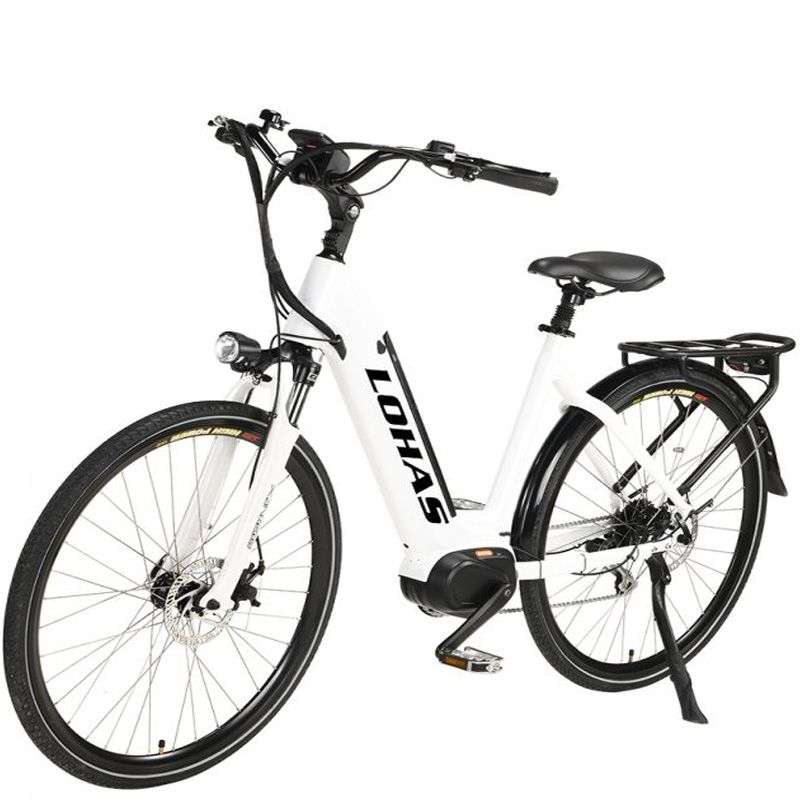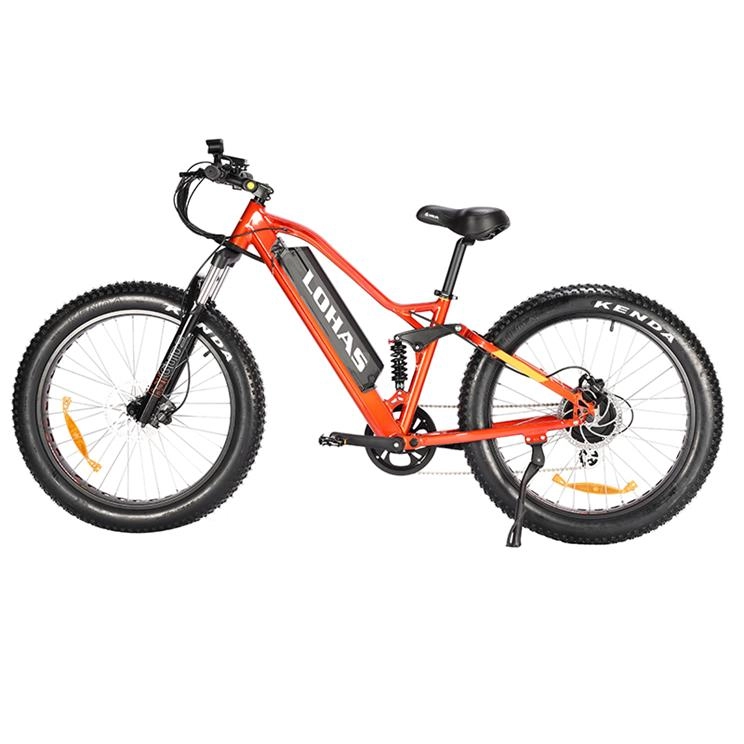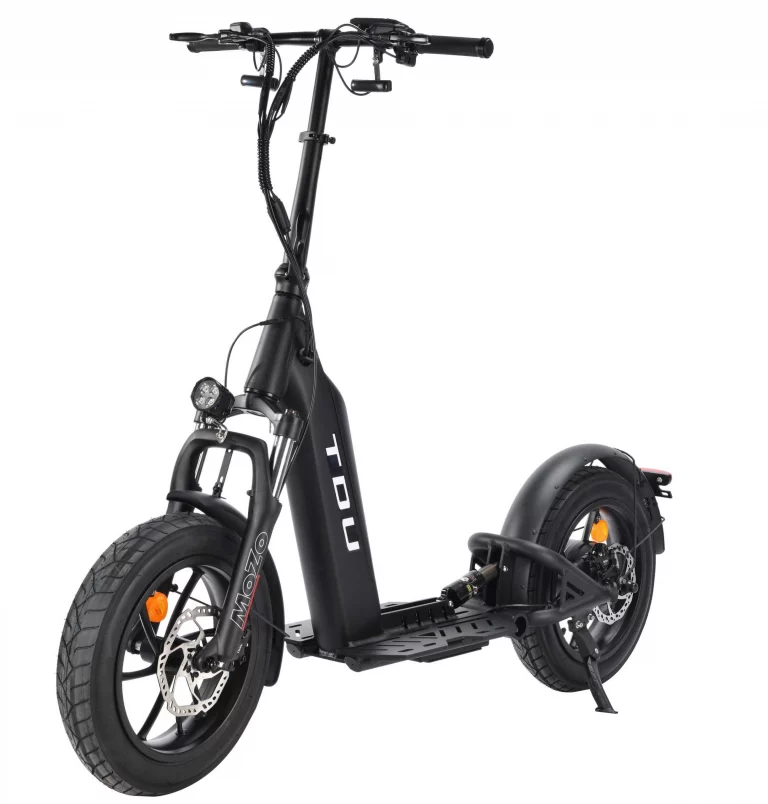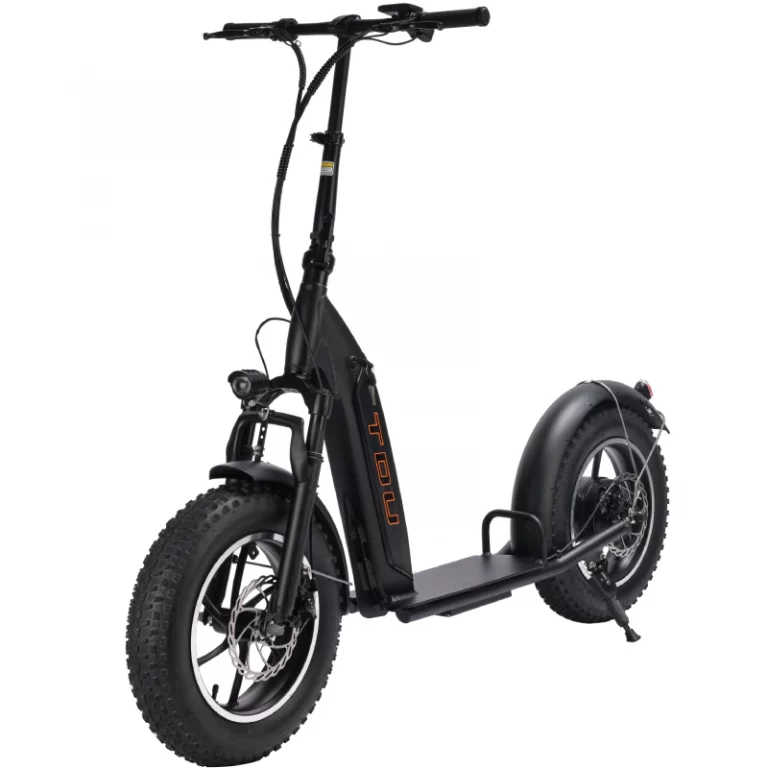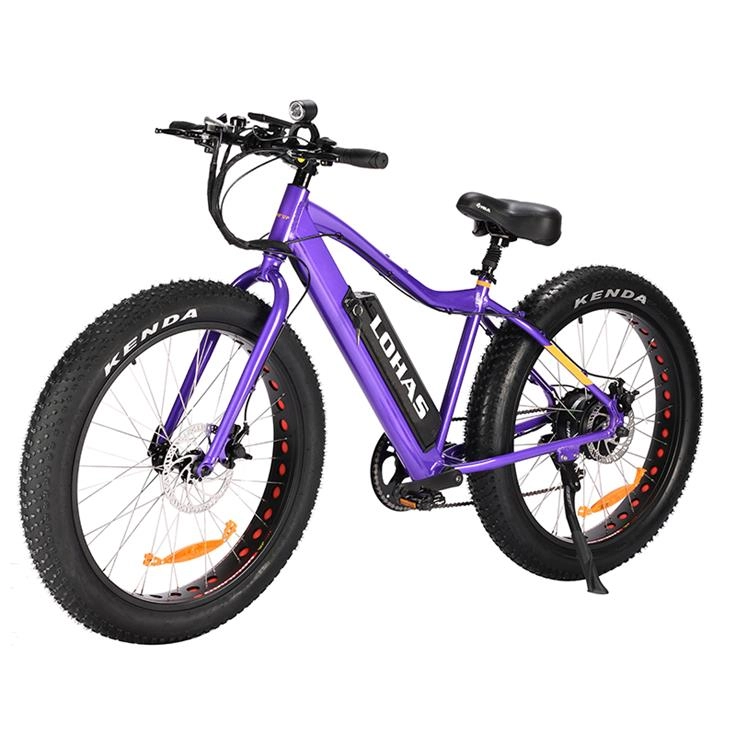Exploring the E-bike Phenomenon
What Are E-bikes and How Do They Work?
Electric bicycles, commonly known as e-bikes, are revolutionizing the way people approach cycling. These innovative modes of transportation integrate an electric motor to assist riders in propelling forward. Understanding the basic components of an E-bike is essential to grasp their functionality.
The Basic Components of an E-bike
- Battery: The power source of an E-bike, typically located on the frame or integrated into it.
- Motor: The electric motor provides propulsion assistance, allowing riders to pedal with ease.
- Controller: This component regulates the interaction between the battery and motor, ensuring efficient power utilization.
- Throttle: Some e-bikes are equipped with a throttle that enables riders to engage the motor without pedaling.
Understanding the Electric Assist
The electric assist feature sets e-bikes apart from traditional bicycles. It seamlessly complements human pedaling efforts, providing varying levels of assistance based on the rider’s preference. This technology empowers individuals to conquer challenging terrains and longer distances with reduced physical exertion.
The Initial Skepticism Towards E-bikes
Despite their numerous benefits, e-bikes initially faced skepticism from certain quarters due to misconceptions and concerns.
Safety Concerns and Regulatory Challenges
One prevalent skepticism revolved around safety concerns and regulatory challenges associated with integrating electric motors into bicycles. Questions regarding speed limits, road safety regulations, and infrastructure compatibility arose as policymakers navigated this emerging trend.
Perceived as “Cheating” in Cycling
Another common misconception was viewing e-bikes as a form of “cheating” in cycling. Traditional cyclists expressed concerns about fairness in competitive events and group rides, often questioning the legitimacy of incorporating electric assistance into cycling activities.
In debunking these myths and addressing initial skepticism, it becomes evident that understanding the transformative potential of e-bikes is crucial in embracing their rising popularity.
Debunking Common E-bike Myths
As the popularity of e-bikes continues to soar, it’s essential to dispel common myths surrounding their usage and benefits. By addressing these misconceptions, a clearer understanding of the advantages and versatility of e-bikes can be achieved.
Myth 1: E-bikes Are Only for the Lazy
The Reality: Enhancing Accessibility and Fitness
One prevalent myth surrounding e-bikes is the misconception that they are exclusively designed for individuals seeking a more leisurely approach to cycling. In reality, e-bikes play a pivotal role in enhancing accessibility and promoting physical fitness among diverse demographics.
e-bikes cater to a wide spectrum of riders, including those who may face physical limitations that hinder their ability to engage in traditional cycling. The electric assist feature empowers individuals with varying fitness levels to enjoy the benefits of cycling without being deterred by challenging terrains or steep inclines. Additionally, e-bikes provide an excellent alternative for commuters who may not possess the stamina or physical capability to navigate long distances solely through traditional pedaling.
By debunking this myth, it becomes evident that e-bikes serve as inclusive vehicles for promoting physical activity and breaking down barriers that may prevent individuals from embracing cycling as a sustainable mode of transportation.
Myth 2: E-bikes Are Dangerous
The Facts: Safety Features and Rider Responsibility
Another misconception surrounding e-bikes revolves around concerns regarding safety. Contrary to this belief, modern e-bikes are equipped with advanced safety features that ensure a secure riding experience for users.
Manufacturers have integrated robust braking systems, responsive lighting components, and durable frame designs into their E-bike models. These features contribute to enhanced visibility on roadways and facilitate prompt responses during unexpected situations. Moreover, riders are encouraged to adhere to responsible cycling practices and comply with traffic regulations, thereby mitigating potential risks associated with E-bike usage.
By emphasizing the presence of comprehensive safety measures and promoting rider responsibility, it becomes evident that e-bikes are designed with user well-being at the forefront, making them a safe and reliable mode of urban transportation.
Myth 3: E-bikes Are Not Environmentally Friendly
Debunking the Myth: The Eco-Friendly Nature of E-bikes
A prevailing myth suggests that e-bikes do not align with environmentally conscious practices due to their electric components. However, upon closer examination, it becomes apparent that e-bikes contribute significantly to environmental sustainability.
The integration of electric motors in e-bikes reduces reliance on fossil fuel-powered vehicles for short-distance commuting. This transition plays a crucial role in curbing carbon emissions and minimizing air pollution within urban environments. Additionally, the energy efficiency of electric motors utilized in e-bikes further underscores their eco-friendly attributes by promoting sustainable transportation alternatives.
By debunking this myth and highlighting the eco-friendly nature of e-bikes, it is evident that they represent a viable solution for reducing carbon footprints while encouraging active modes of transportation within communities.
The Rising Popularity of E-bikes: Why More People Are Choosing to Ride
As the demand for sustainable and efficient modes of transportation continues to grow, the rising popularity of e-bikes has garnered significant attention. Several factors contribute to the increasing preference for e-bikes among diverse demographics, reflecting a shift towards embracing eco-friendly and accessible urban mobility solutions.
Accessibility and Inclusivity
Breaking Down Barriers to Cycling
One of the driving forces behind the surge in E-bike adoption is their role in breaking down barriers to cycling. Traditional bicycles may pose challenges for individuals with varying physical abilities or those residing in areas with steep terrain. e-bikes, however, offer an inclusive solution by providing electric assistance that accommodates riders facing such obstacles.
The integration of electric motors enables individuals with limited physical stamina or mobility restrictions to engage in cycling activities comfortably. This inclusivity extends to commuters seeking a convenient and sustainable mode of transportation, as e-bikes facilitate seamless travel over diverse terrains without imposing strenuous physical demands.
The Environmental Impact
A Sustainable Alternative to Cars
Amid growing concerns about environmental sustainability, more people are turning to e-bikes as a sustainable alternative to conventional cars. The eco-friendly nature of e-bikes aligns with efforts to reduce carbon emissions and alleviate traffic congestion within urban settings.
By opting for e-bikes over traditional vehicles for short-distance commuting, individuals contribute to minimizing their carbon footprint while promoting cleaner air quality. This transition reflects a conscious effort towards embracing environmentally responsible transportation choices that prioritize ecological well-being.
The Social and Recreational Benefits
Building Communities and Encouraging Outdoor Activities
Beyond their practical utility, e-bikes play a pivotal role in fostering social connections and encouraging outdoor activities within communities. Group rides and recreational cycling events have witnessed increased participation due to the accessibility offered by e-bikes.
The communal aspect of group cycling endeavors strengthens social bonds and promotes a sense of camaraderie among participants. Additionally, the recreational benefits associated with exploring scenic routes on e-bikes contribute to enhanced well-being and an active lifestyle among riders.
In essence, the rising popularity of e-bikes signifies a paradigm shift towards prioritizing sustainability, inclusivity, and community engagement within the realm of urban mobility.
The choice of Urban Mobility: E-bikes Leading the Way
E-bikes as a Solution to Urban Congestion
Reducing Traffic and Improving Air Quality
The adoption of e-bikes as a primary mode of urban transportation presents a compelling solution to alleviate traffic congestion and enhance air quality within metropolitan areas. As urban centers grapple with increasing vehicular traffic, the integration of e-bikes offers a sustainable alternative that contributes to mitigating these challenges.
By embracing e-bikes for daily commuting and short-distance travel, individuals actively participate in reducing traffic volumes on roadways. This shift not only minimizes the strain on existing transportation infrastructure but also fosters smoother traffic flow, ultimately alleviating congestion during peak hours. Furthermore, the reduced reliance on conventional vehicles translates into decreased emissions, thereby improving air quality and promoting a healthier urban environment.
The Role of Technology in Advancing E-bike Adoption
Innovations in Battery Life and Safety Features
Technological advancements play a pivotal role in propelling the widespread adoption of e-bikes as a preferred mode of urban mobility. Notably, continuous innovations in battery life and safety features have significantly enhanced the appeal and functionality of e-bikes.
The evolution of battery technologies has led to extended ranges and improved energy efficiency, addressing concerns related to range anxiety among potential users. Additionally, sophisticated safety features such as integrated lighting systems, responsive braking mechanisms, and advanced stability controls bolster rider confidence and ensure a secure riding experience. These technological enhancements underscore the reliability and practicality of e-bikes as viable urban transportation solutions.
Yongkang LOHAS Vehicle Co., Ltd
Yongkang LOHAS Vehicle Co., Ltd is a professional manufacturer and exporter that is concerned with the design, development, and production of electric bicycles, electric scooters, and other related products. The company is located in Yongkang City, Zhejiang Province, China, which is known as the “Hardware Capital of China”.
The company boasts a strong R&D team that is dedicated to creating innovative and high-quality products. They focus on using advanced technology and high-quality materials to ensure the durability, safety, and performance of their products.
Yongkang LOHAS Vehicle Co., Ltd‘s product range includes electric bicycles, electric scooters, and other electric vehicles, all of which are compliant with international quality standards and are greatly appreciated in a variety of different markets throughout the world.
Looking Ahead: The Growing Trend of E-bike Use
Predictions for E-bike Popularity in the Coming Years
As the momentum behind E-bike adoption continues to surge, projections indicate an upward trajectory in their popularity over the coming years. With an increasing emphasis on sustainable living practices and eco-conscious choices, more individuals are expected to embrace e-bikes as their preferred mode of urban mobility.
Furthermore, ongoing advancements in electric propulsion systems, coupled with heightened awareness regarding environmental preservation, are poised to drive substantial growth in the E-bike market. This anticipated trend signifies a fundamental shift towards prioritizing environmentally friendly transportation options while redefining conventional perceptions of urban mobility.
In essence, the growing trend of e-bike use reflects an evolving landscape where sustainable technology intersects with urban lifestyle preferences, paving the way for a future characterized by eco-friendly and accessible modes of transportation.

